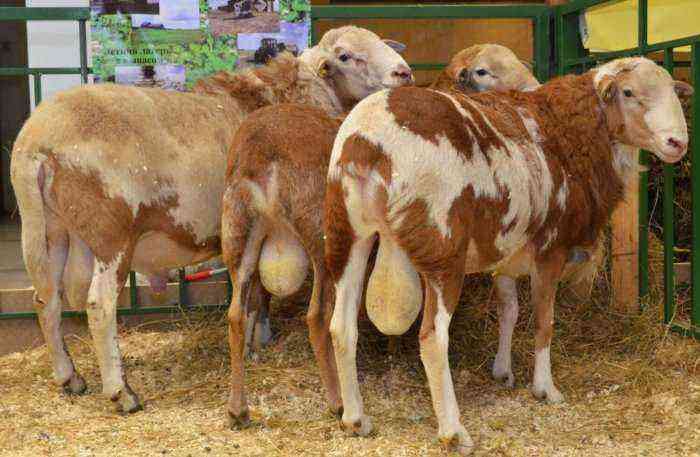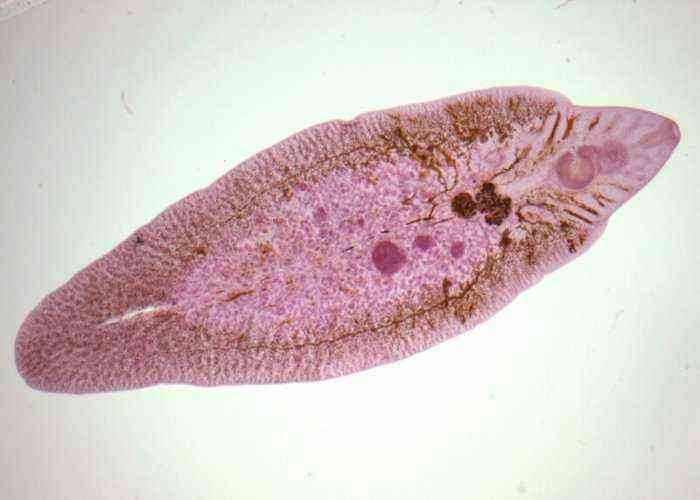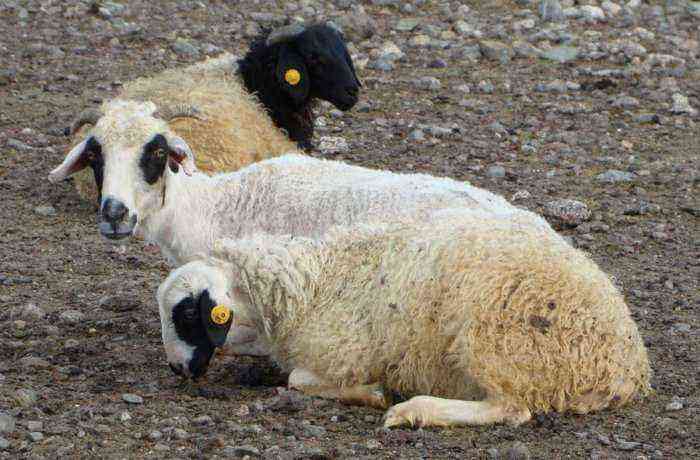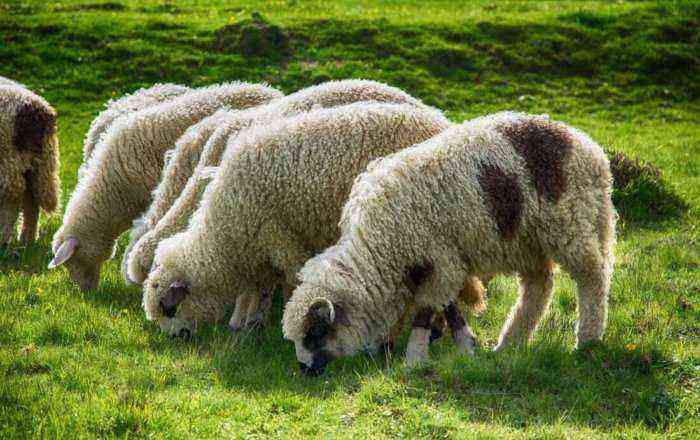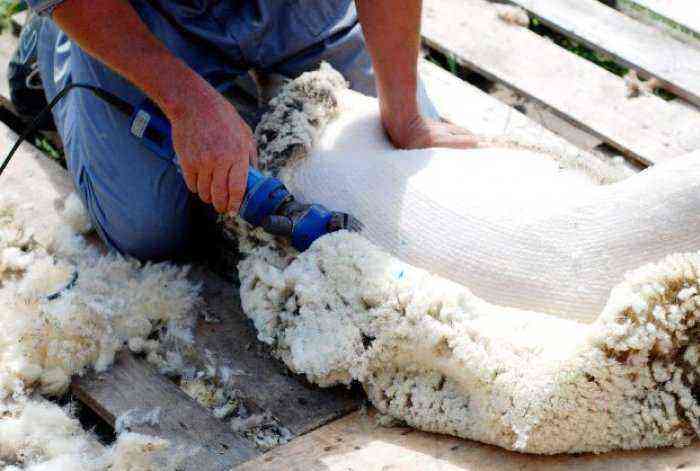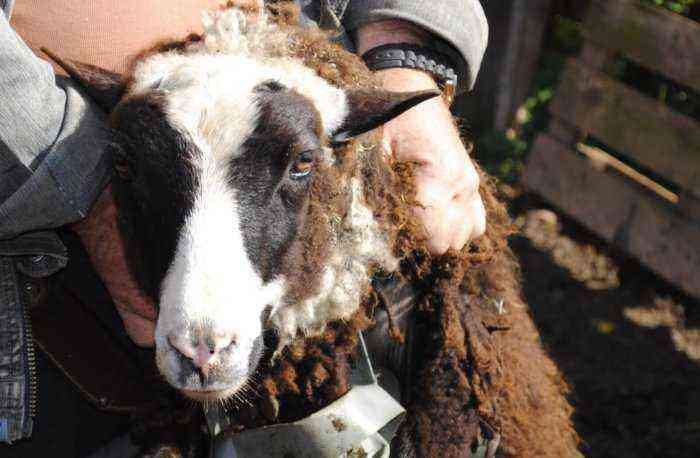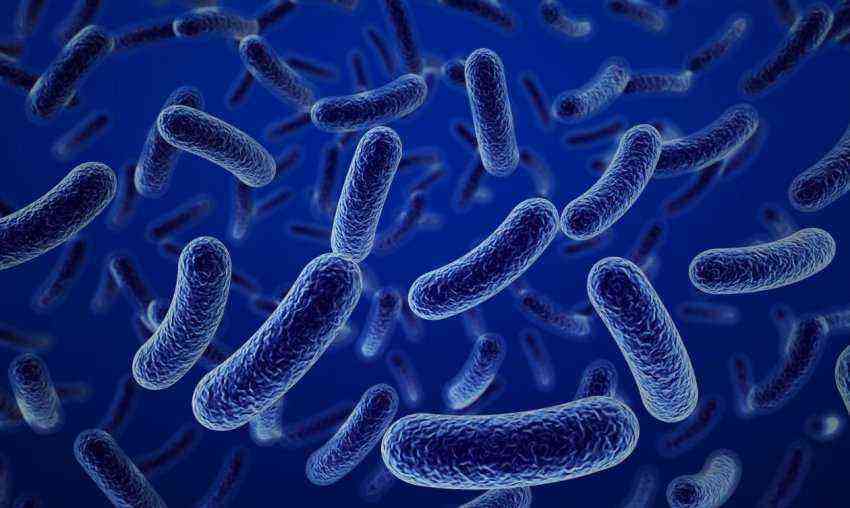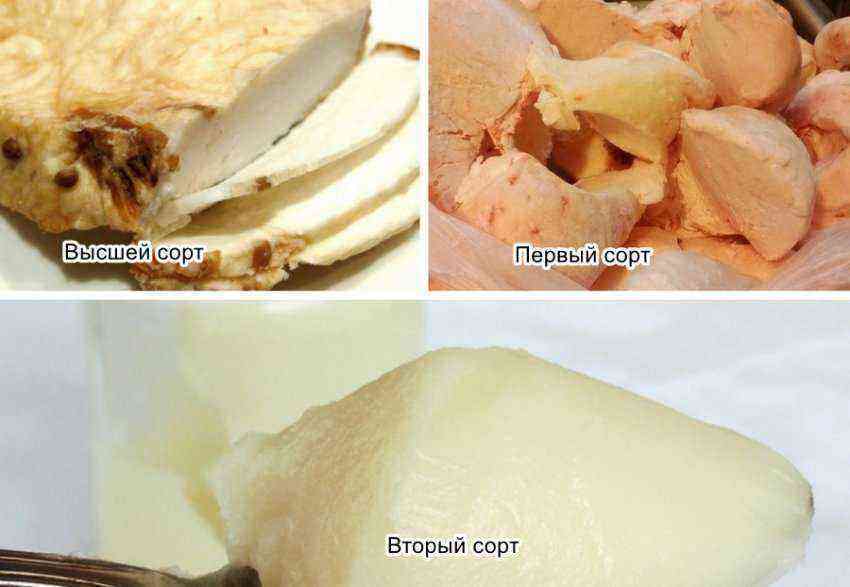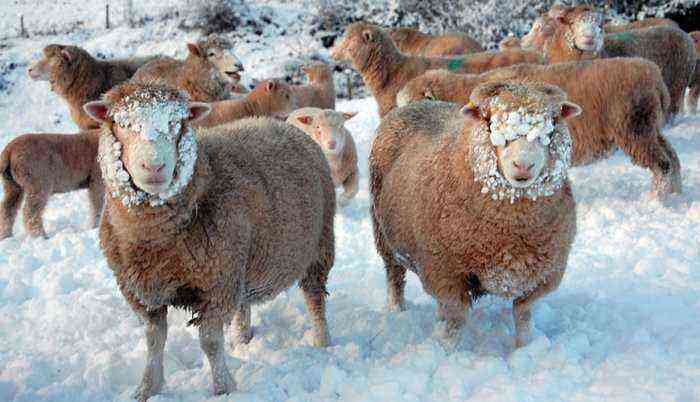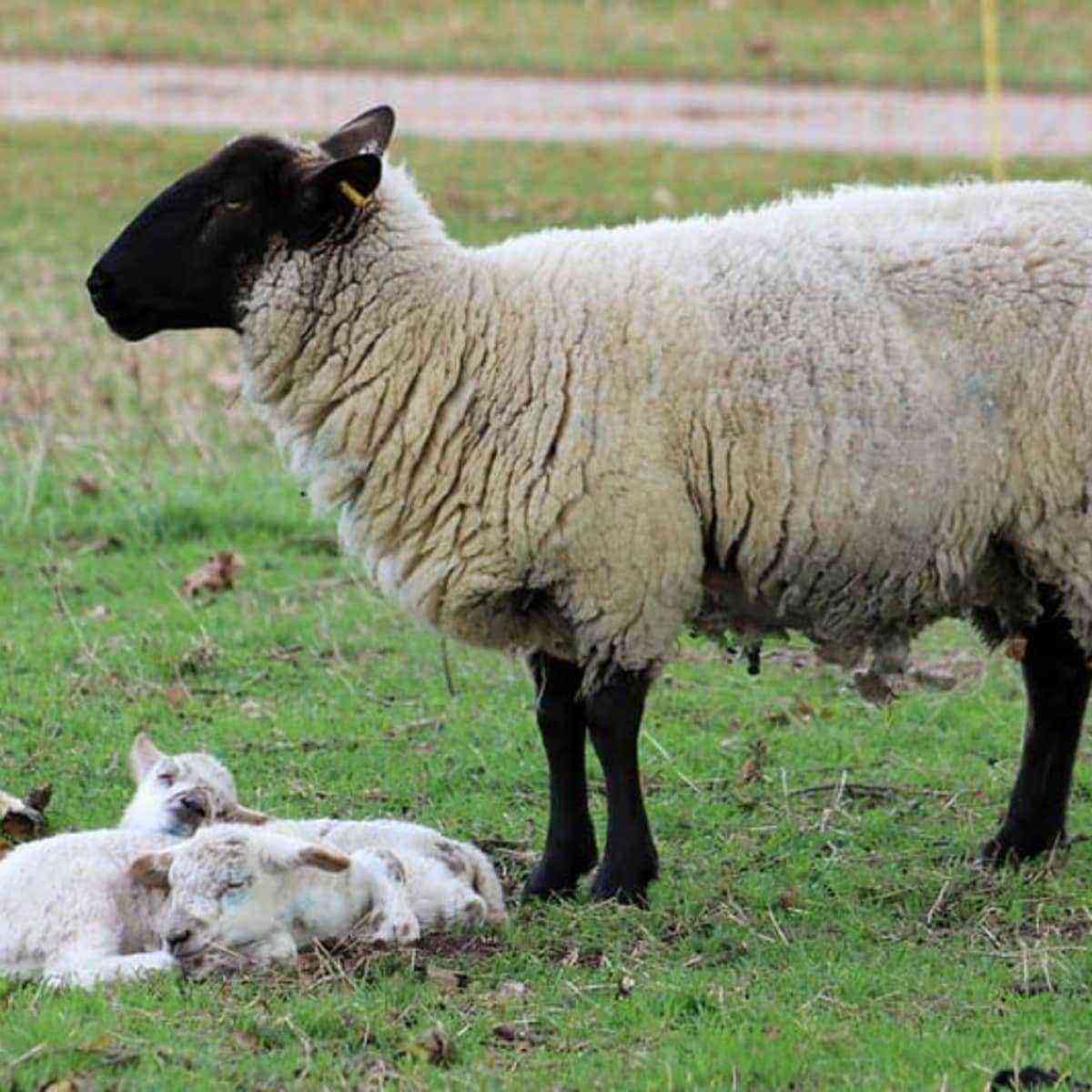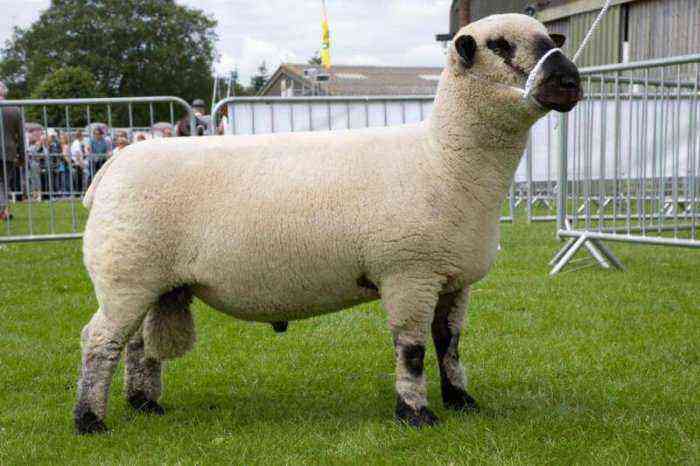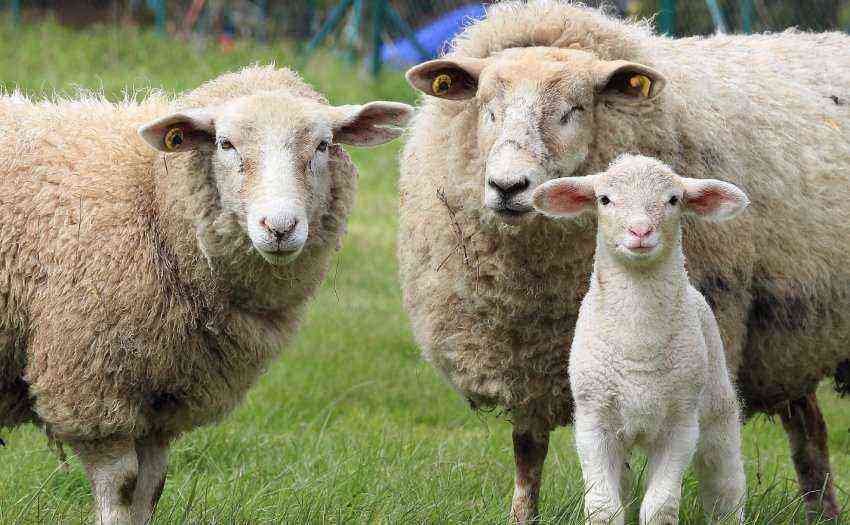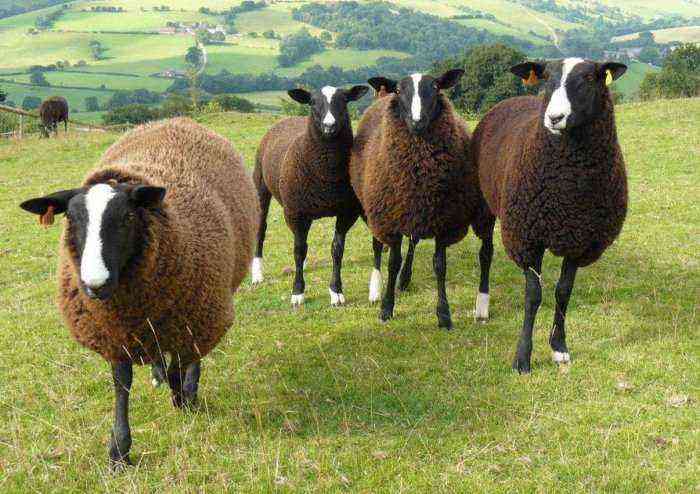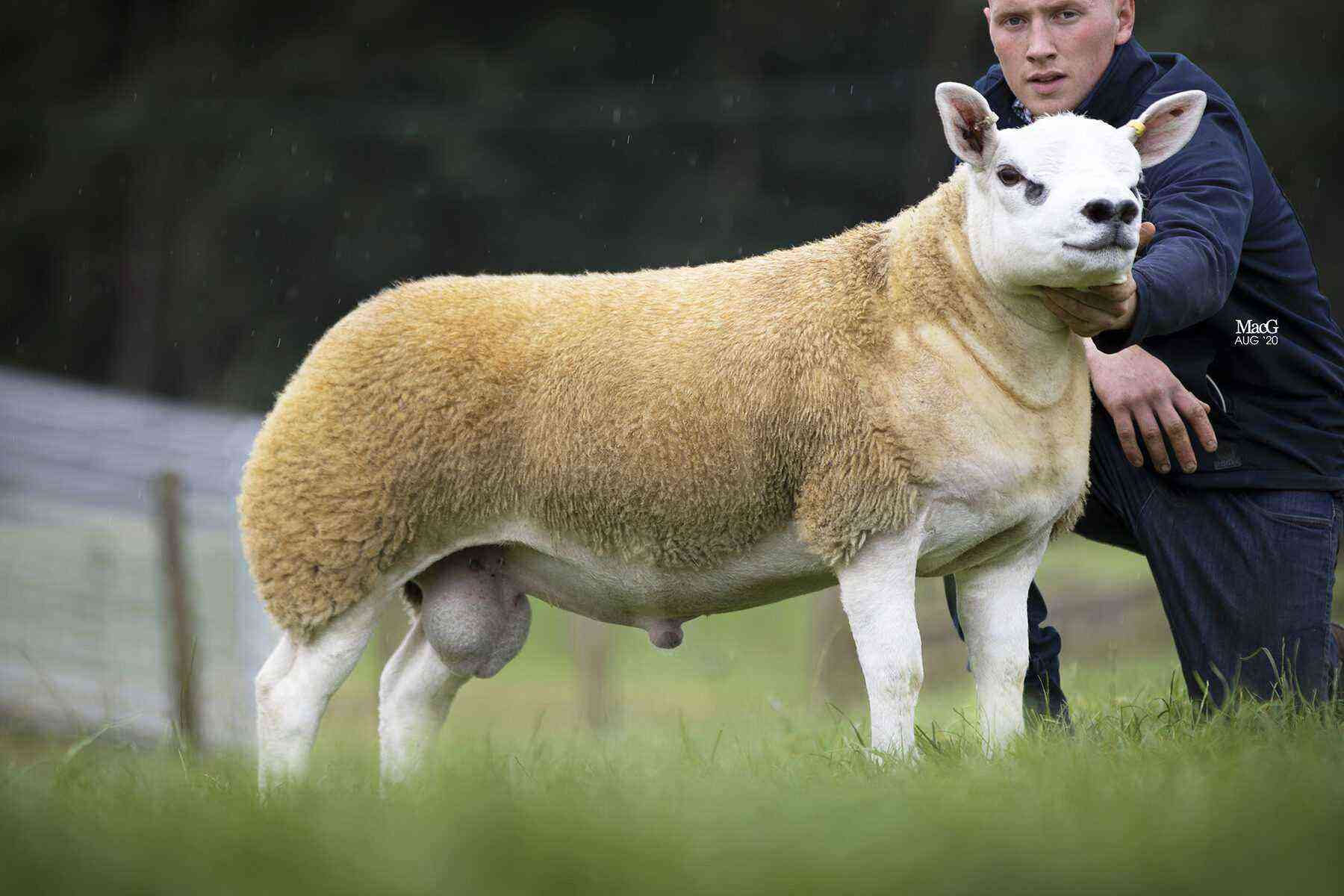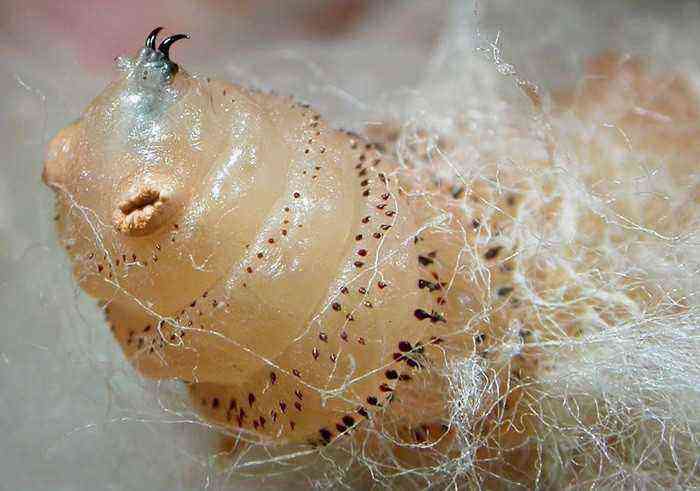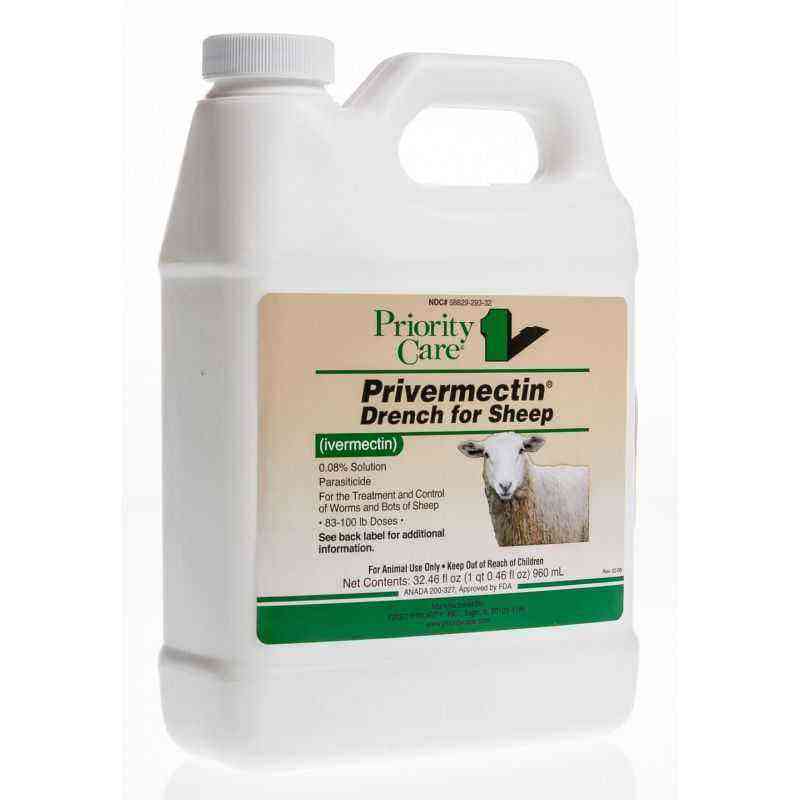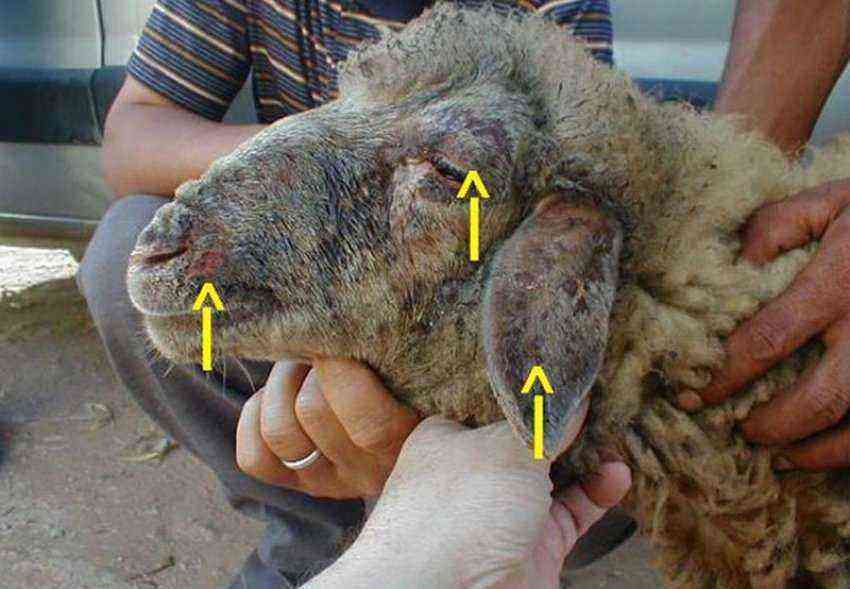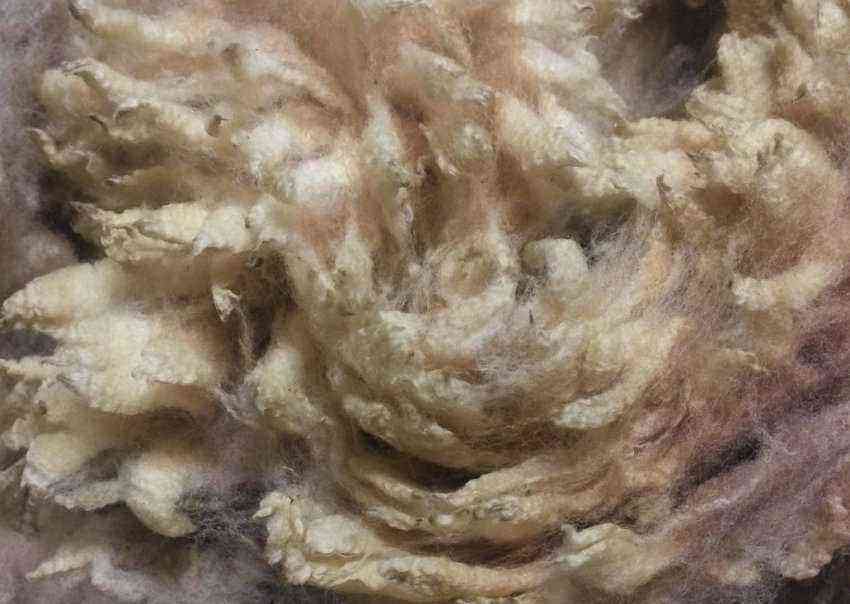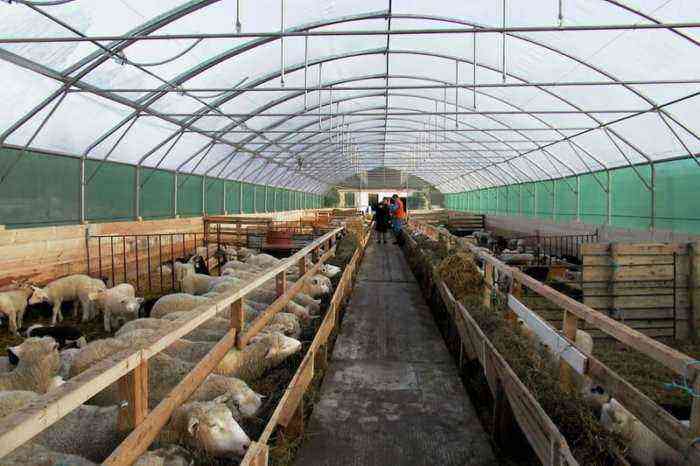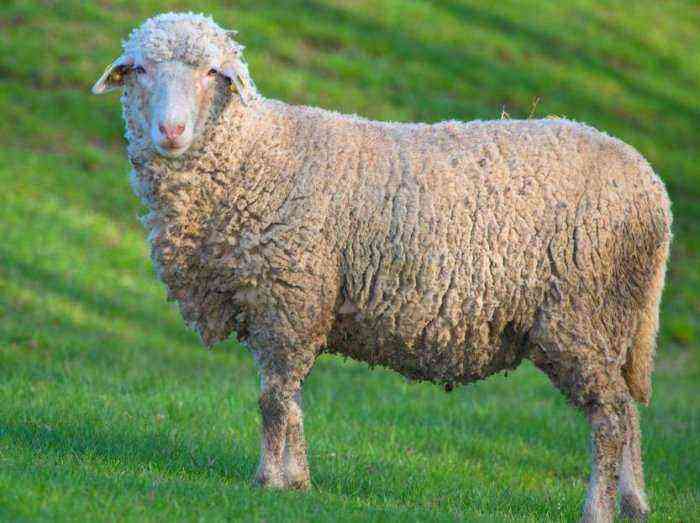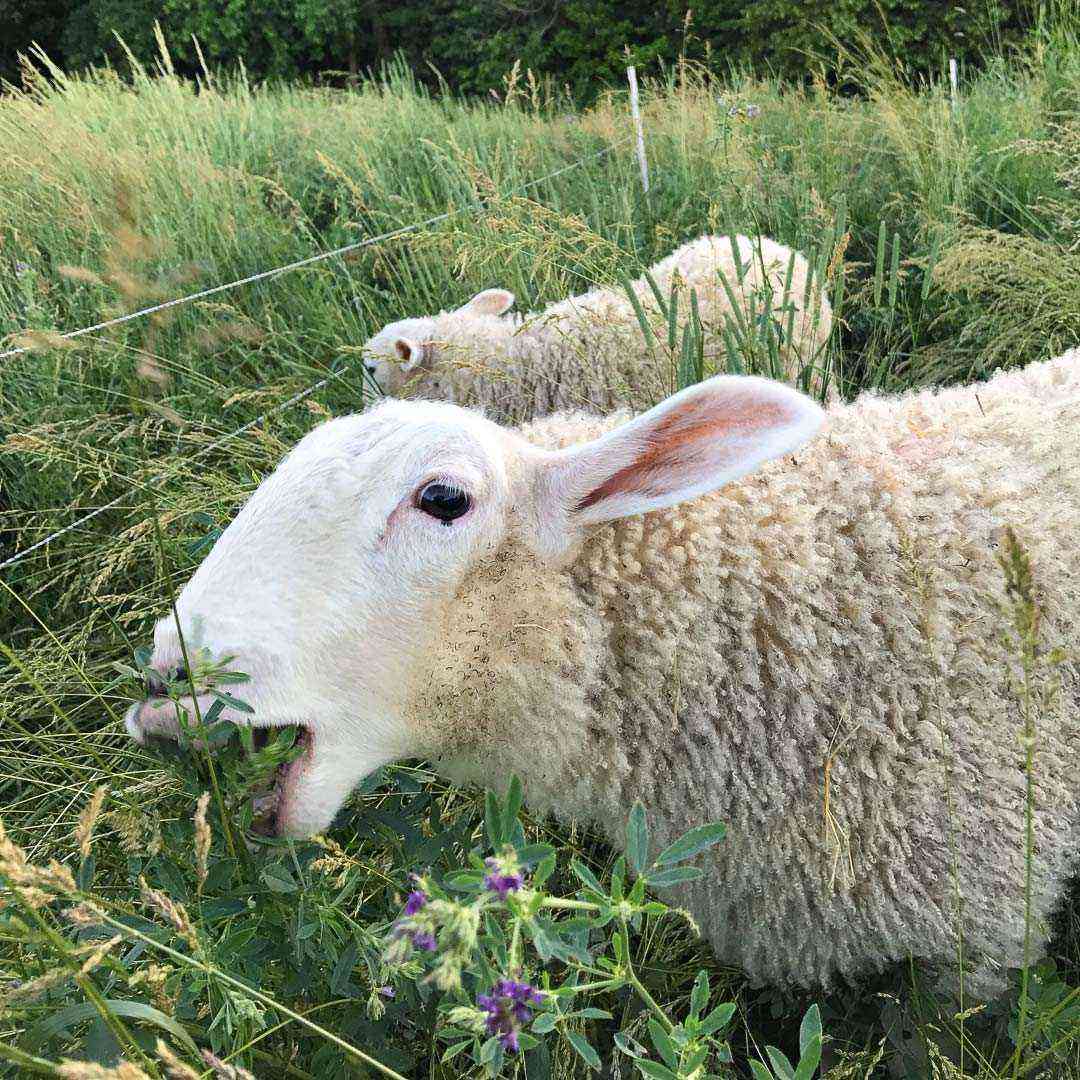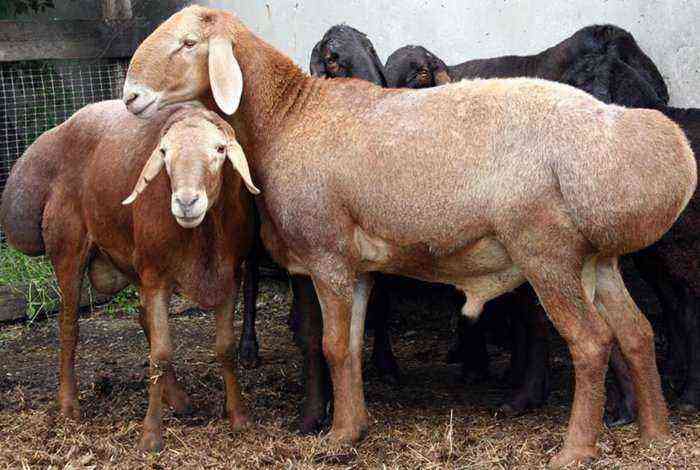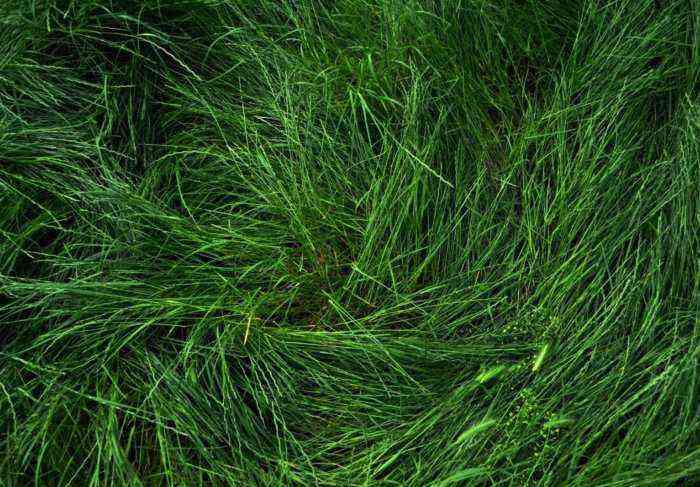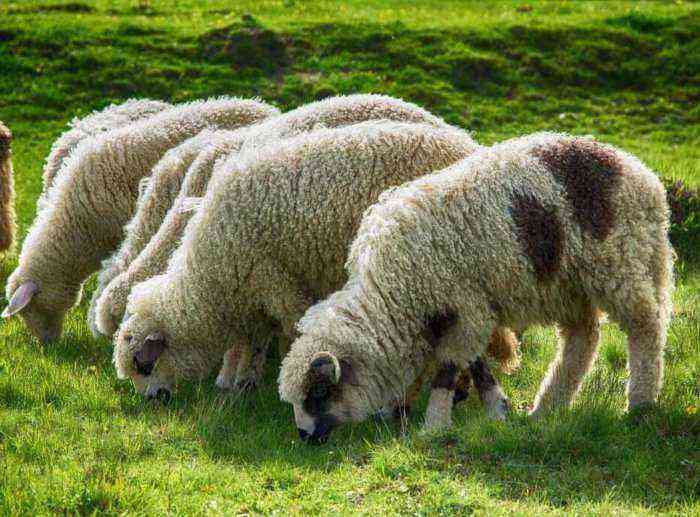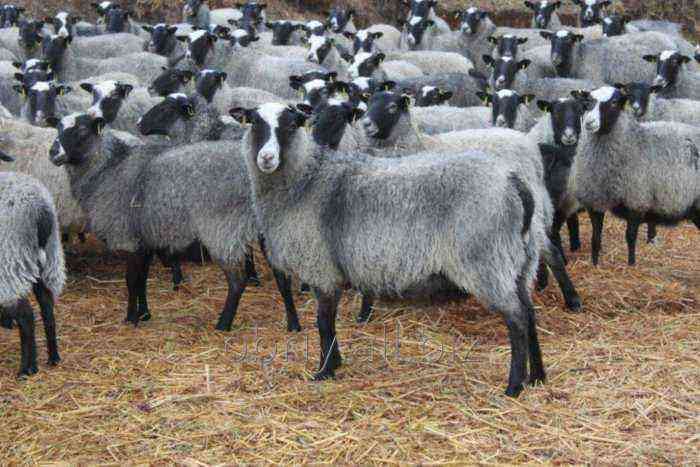Among the variety of known breeds of sheep, fat-tailed sheep are singled out in a separate category. The main feature of these animals is the voluminous fat accumulation in the tail area. Such a formation is clearly visible to the naked eye and gives the living creatures a slightly outlandish look. Moreover, such a characteristic feature is not inherent in a specific variety of sheep, but in a number of breed lines.
Sheep breeding
Types of fat-tailed sheep
Most breeds of fat-tailed sheep appeared and developed in Asia and the Caucasus. Their origin is not known for certain, but, despite the large number of diverse theories, all researchers agree that this is a very ancient breed. Their images were engraved on bas-reliefs dating back to the 3rd millennium BC. This find was discovered on the territory of the ancient state of Assyria.
The fatty tail in such animals acts as a reserve source of nutrients. The sheep’s body uses them in cases where, due to harsh climatic conditions, ordinary food is not enough for the body. Depending on the form of education, it is classified into one of four types:
- Small rounded. Such a tail is only slightly larger than an ordinary sheep’s.
- Small with a thin finish.
- Overhanging. Fat formation in this case is triangular in shape.
- Large S-shaped. Such a tail involves several bends and a significant length. In addition, such a trait, when crossed with sheep that have a different type of tail, is dominant. Therefore, young animals almost without exception inherit this characteristic.
Fat-tailed sheep are also divided on the basis of body features. It can be:
- strong;
- rough;
- gentle.
The prevailing type largely depends on the species of the animal.
Performance indicators
Fat-tailed sheep are a quality source of meat. The slaughter yield in such animals is 53-60% (depending on the breed). In addition, the meat itself is distinguished by fine fibers, juiciness and good taste.
Also, representatives of breeds with a fat tail suggest high milk production. On average, one animal gives up to 60-70 kg of milk during the lactation period, and Awassi sheep bred in Israel have an annual milk yield of about 270 liters. Moreover, such dairy products suggest a fat content of at least 6% and an increased amount of protein, which makes it especially useful.
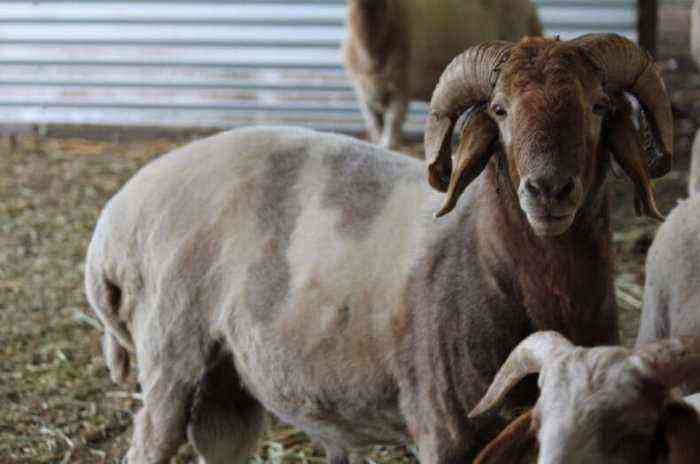
Awassi sheep breed
Fat-tailed cattle are also bred for the purpose of obtaining wool. The average length of the coat in such animals is 10-17 cm. This fleece is used in the production of carpets, felt boots, coarse winter clothes. Up to 2,5-3 kg of wool is sheared from one adult ram per year. In sheep, this figure is lower and the annual shearing is 2 kg. After processing from the indicated volumes of raw materials, about 55-65% of wool remains, suitable for further use.
Main breed lines
As already noted, a fat tail is a common characteristic of a group of animals. It is inherent in several breed lines at once. The most popular varieties of sheep that have fatty formation in the tail area include:
- ballads;
- asaf;
- mitmaster;
- Persian;
- Somali color.
Also, the previously noted Awassi breed, which was bred in Israel more than 2,8 thousand years ago, deserves special attention. Representatives of the breed line grow up to a weight of 60-70 kg, and in some representatives of the Awassi, the weight reached a record mark of 120 kg. In sheep, the weight of the fat bag can reach 12 kg or more. Under special conditions of detention, the tail reaches such a size that it is difficult for the animal to move with it. Therefore, the peasants in ancient times came up with special carts on which the rams transported their tail.
Advantages of fat-tailed sheep
The peculiar physique and historically developed conditions of keeping such sheep provided them with a number of advantages, thanks to which the cattle became widely known. These include:
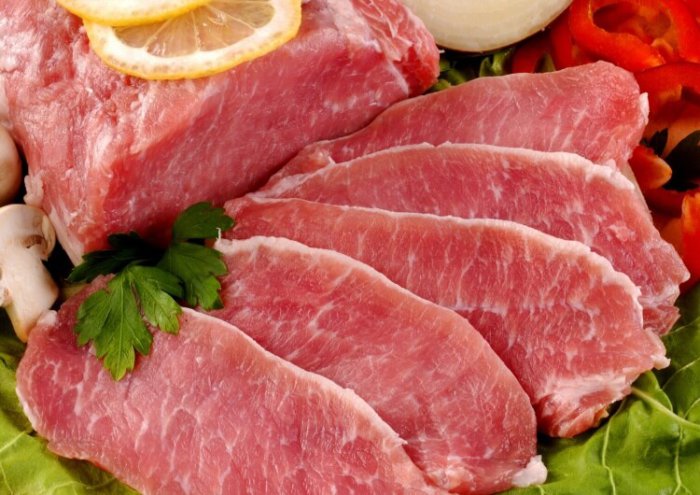
High quality meat
- high quality meat;
- resistance to extreme heat, cold and sudden changes in temperature;
- the possibility of grazing even on pastures with sparse vegetation;
- satisfactory milk productivity and high quality of milk, the fat content of which reaches 6-7%;
- high-quality wool, which is widely in demand in the production of carpets;
- resistance to many diseases characteristic of small ruminants.
Attention! For optimal development, representatives of most fat-tailed breeds need only pasture. Any other top dressing is used at will and only under certain conditions.
Fat-tailed sheep have an ancient history. Various breeds of such animals in the countries of Central Asia are still in demand today. The reason for this is the high meat and dairy productivity, significant annual wool shearing. In addition, such living creatures are extremely resistant to negative conditions of detention, which makes it popular in semi-desert, desert and mountainous regions.


